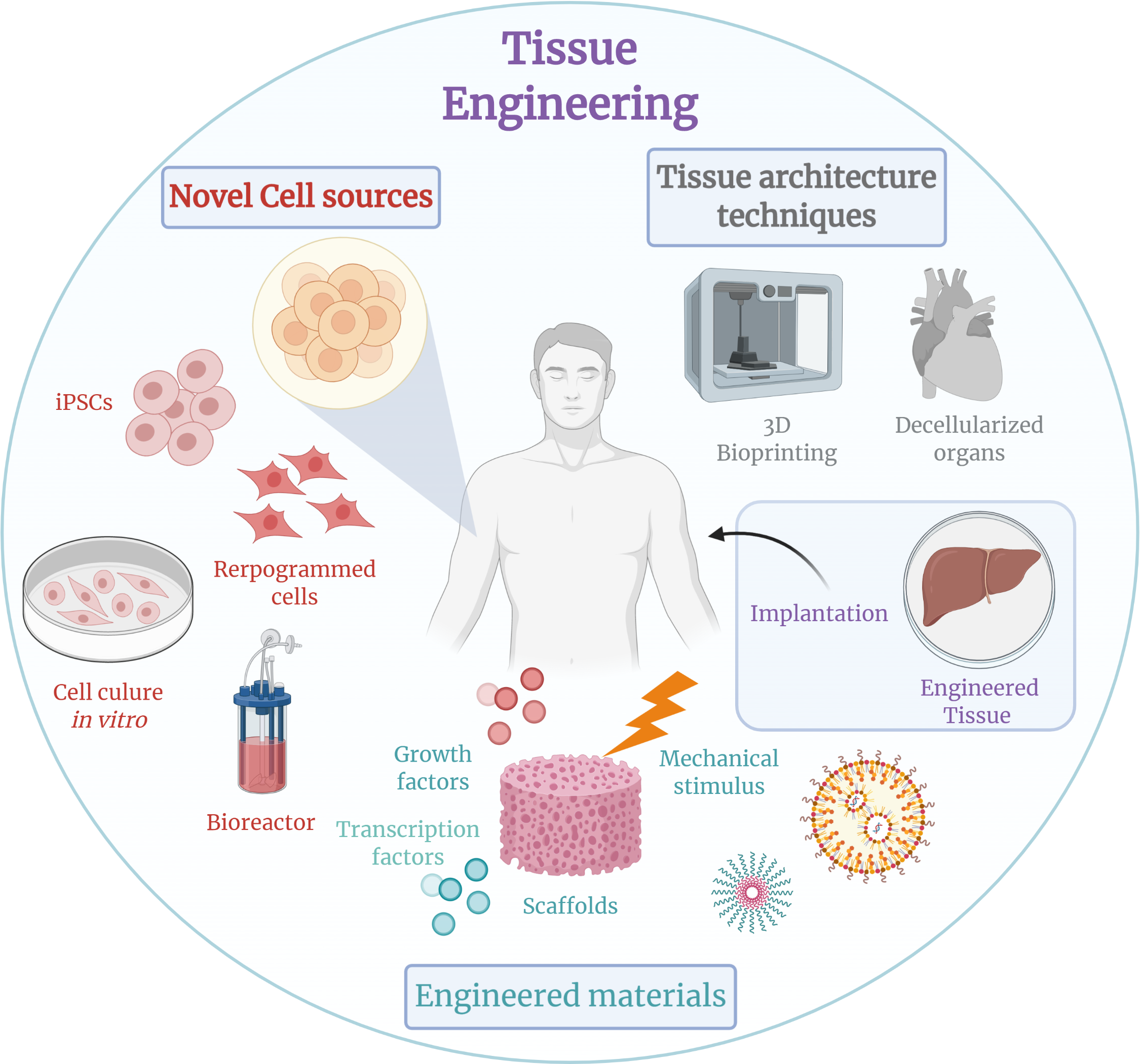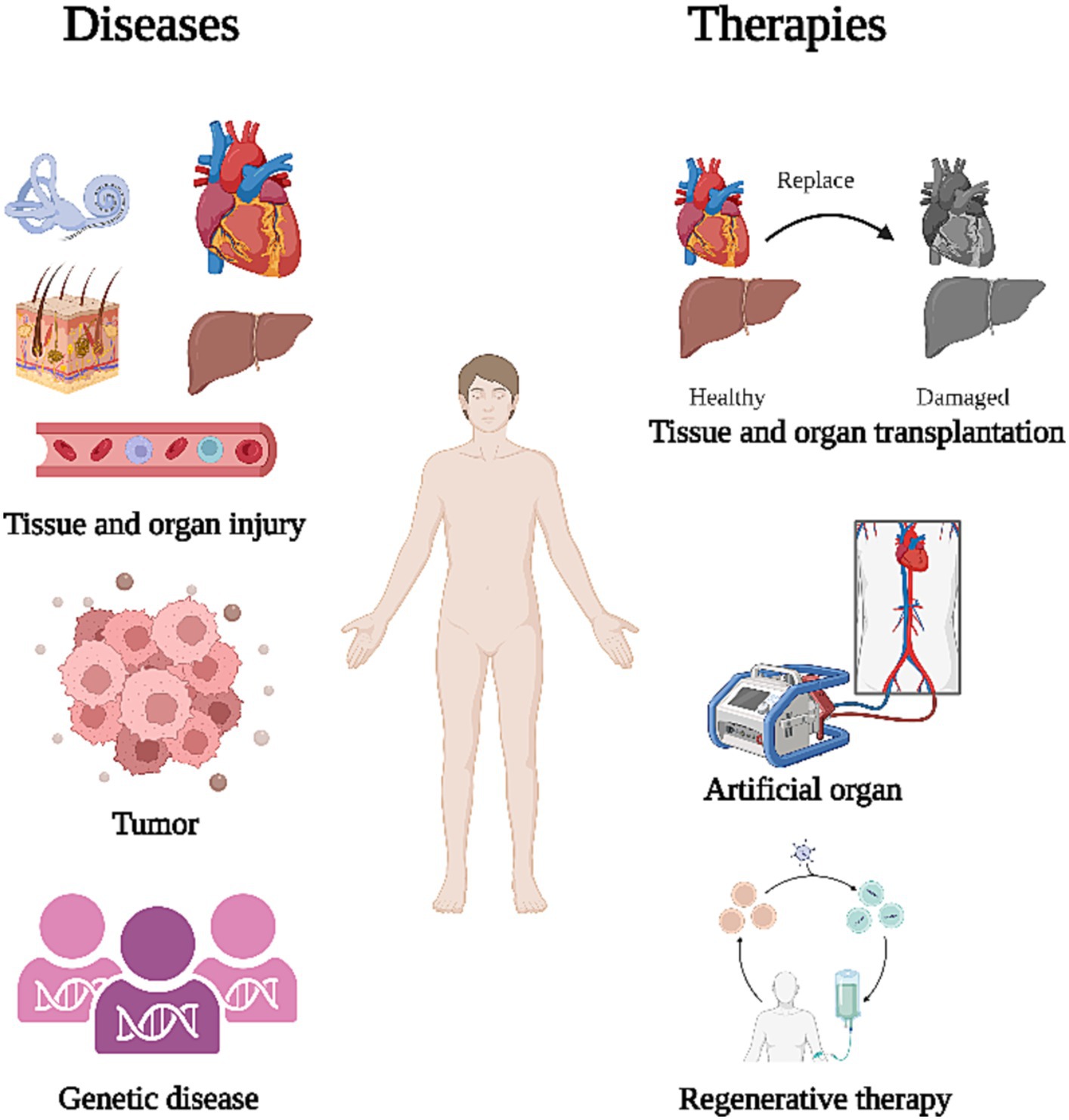Table of Contents

[/image][=video]
[/video]
There are numerous sorts of stem cells. In general, the term stem cell refers to a group of cells that offer rise to various other cells (like skin, blood, heart, and muscle cells) by duplicating and differentiating in feedback to chemical cues. Totipotent stem cells show up at the earliest phase of development and are the only stem cells which can generate beginning stem cells and the placenta.
Bone marrow transplant (BMT) is an unique treatment for patients with specific cancers cells or other diseases. A bone marrow transplant entails taking cells that are generally located in the bone marrow (stem cells), filtering system those cells, and offering them back either to the donor (person) or to one more person. The objective of BMT is to transfuse healthy and balanced bone marrow cells right into an individual after his or her own harmful bone marrow has been treated to kill the abnormal cells.
Bone marrow is the soft, spongy tissue found inside bones. It is where a lot of the body's blood cells create and are kept. The blood cells that make various other blood cells are called stem cells. One of the most primitive of the stem cells is called the pluripotent stem cell. This is different than other blood cells with regard to the adhering to properties: It has the ability to duplicate another cell the same to itself.
It is the stem cells that are needed in bone marrow transplant. The objective of a bone marrow transplant is to treat lots of conditions and sorts of cancer. When the dosages of chemotherapy or radiation required to heal a cancer cells are so high that an individual's bone marrow stem cells will certainly be completely harmed or ruined by the therapy, a bone marrow transplant might be needed.
Medical Group local to Grand Rapids, Michigan
This process is often called rescue. Change bone marrow with genetically healthy operating bone marrow to stop more damage from a genetic condition procedure (such as Hurler's disorder and adrenoleukodystrophy). The threats and benefits need to be weighed in a complete discussion with your healthcare carrier and professionals in bone marrow transplants prior to the treatment.
There are different types of bone marrow transplants depending on that the donor is. The various sorts of BMT include the following: The benefactor is the person himself or herself. Stem cells are drawn from the client either by bone marrow harvest or apheresis (a procedure of gathering peripheral blood stem cells), icy, and afterwards offered back to the client after extensive treatment.
The contributor shares the very same genetic kind as the client. Stem cells are taken either by bone marrow harvest or apheresis from a genetically matched donor, typically a bro or sister. Various other donors for allogeneic bone marrow transplants might include the following: A haploid-identical match is when the benefactor is a moms and dad and the genetic suit goes to least half identical to the recipient.

Matching includes inputting human leukocyte antigen (HLA) tissue. The antigens on the surface of these special leukocyte establish the hereditary make-up of a person's body immune system. There go to the very least 100 HLA antigens; nonetheless, it is believed that there are a few significant antigens that figure out whether a contributor and recipient match.
Medical research study is still investigating the role all antigens play in the procedure of a bone marrow transplant. The more antigens that match, the far better the engraftment of donated marrow. Engraftment of the stem cells occurs when the contributed cells make their way to the marrow and start making new members cells.
Hormone Therapy in Grand Rapids
All people function with each other to provide the finest opportunity for an effective transplant. The team is composed of the following: Healthcare suppliers that specialize in oncology, hematology, immunology, and bone marrow transplant.
Specialists that will certainly help you fulfill your nutritional demands prior to and after the transplant. They will certainly work closely with you and your household. Professionals that will certainly aid you end up being solid and independent with movement and endurance after the transplant. Pastors who provide spiritual care and support. Numerous other employee will certainly examine you before hair transplant and will certainly give follow-up treatment as needed.

A complete case history and physical examination are done, including several tests to examine the patient's blood and body organ features (for instance, heart, kidney, liver, and lungs). A client will frequently enter the transplant facility up to 10 days prior to transplant for hydration, assessment, positioning of the central venous line, and other prep work.
For an allogeneic transplant, an appropriate (tissue typed and matched) donor must be offered. Voluntary marrow contributors are registered in a number of nationwide and international computer system registries.
Donor resources available consist of: self, brother or sister, parent or loved one, nonrelated person, or umbilical cable from a related or nonrelated person. There are nationwide and worldwide registries for nonrelated individuals and cord blood.
Regenerative Therapy
Examinations associated with his/her health and wellness, direct exposure to viruses, and hereditary analysis will certainly be done to establish the degree of the suit. The donor will be given directions on exactly how a bone marrow contribution will certainly be made. As soon as a suit for an individual requiring a bone marrow transplant is located, then stem cells will be gathered either by a bone marrow harvest.
Or by a peripheral blood stem cell collection. This is where stem cells are accumulated from the distributing cells in the blood. Of both, outer blood stem cell donations are now a lot more common. Cable blood has currently been accumulated at the time of a birth and stored for later usage.
Navigation
Latest Posts
Regenerative Therapy
Perimenopause Treatment in Grand Rapids
Regenerative Therapy local to Grand Rapids